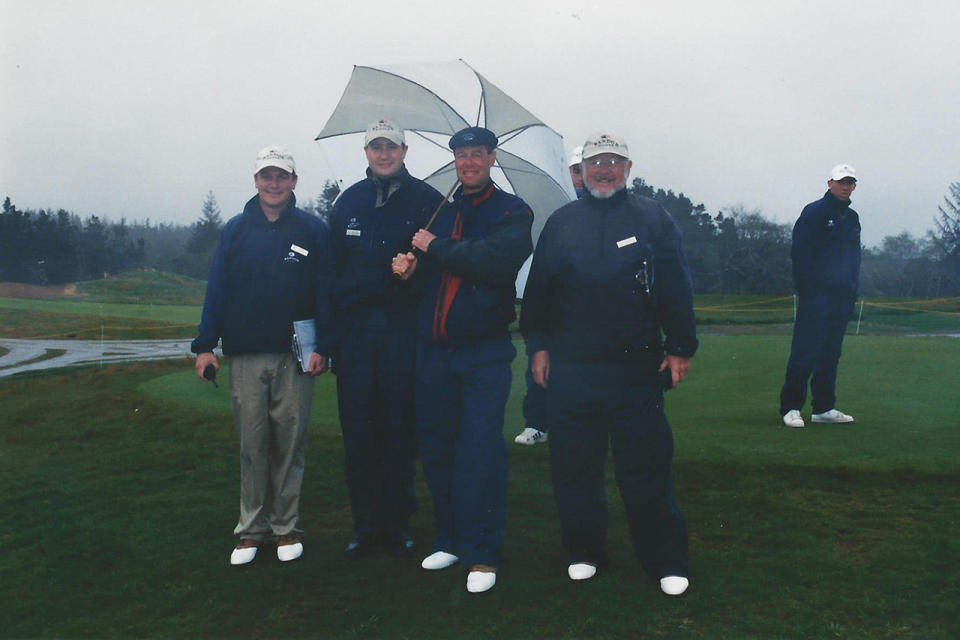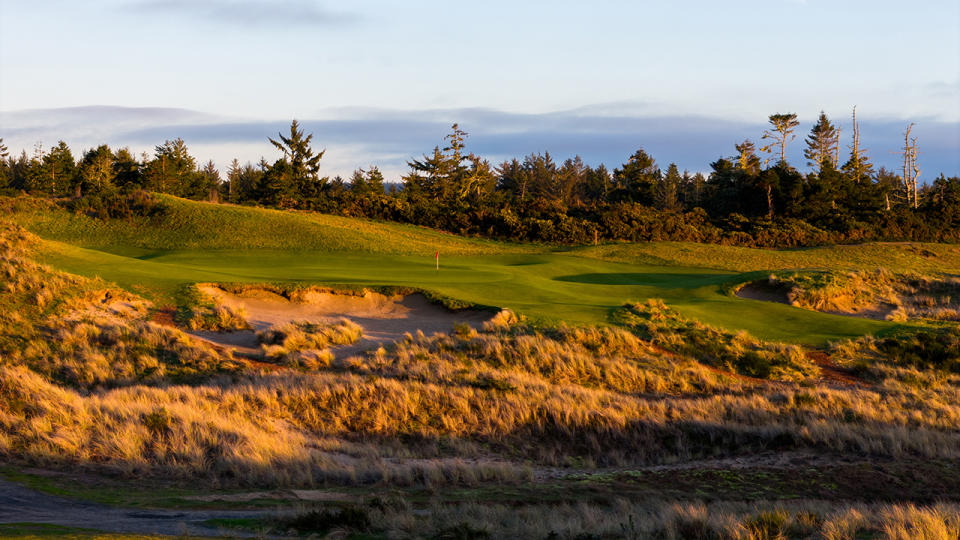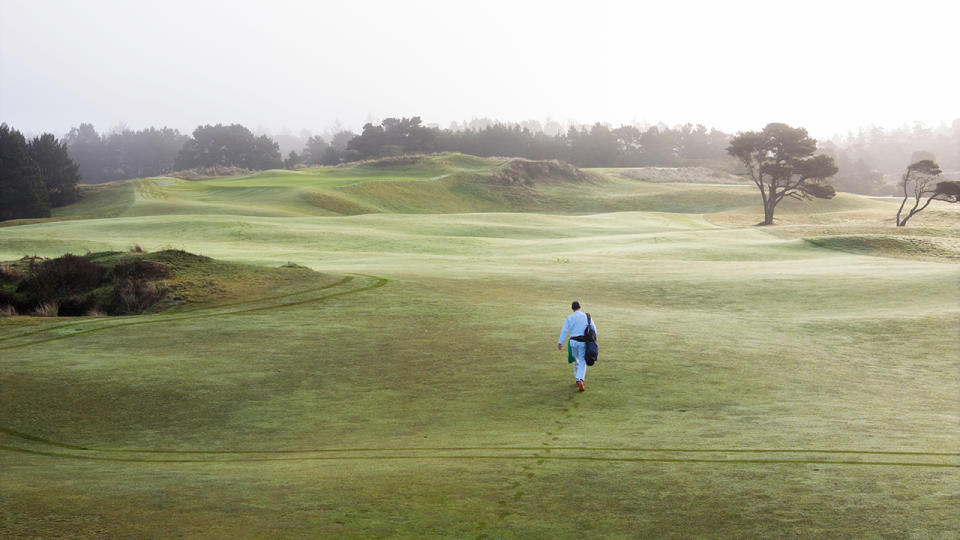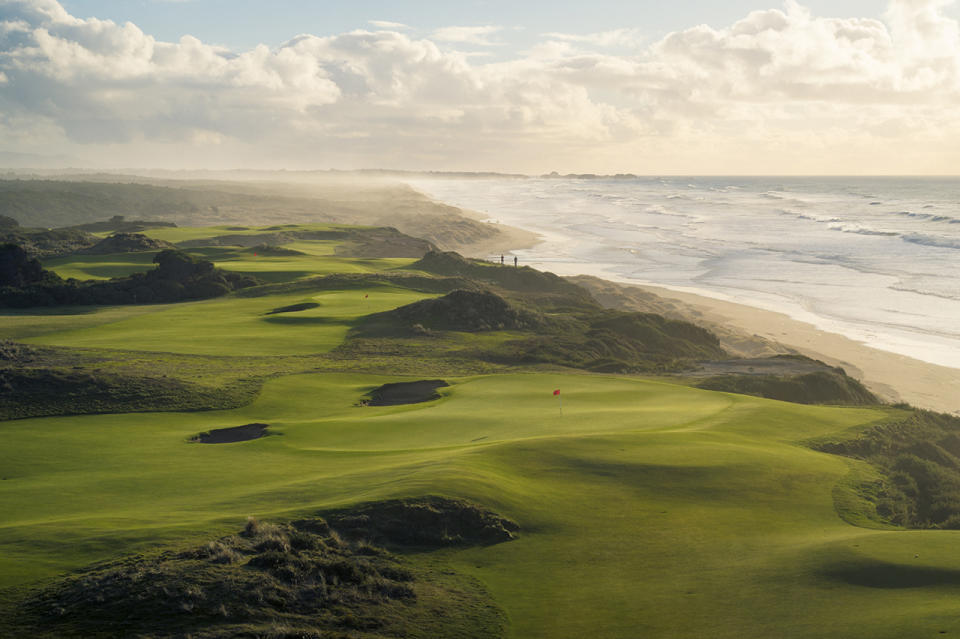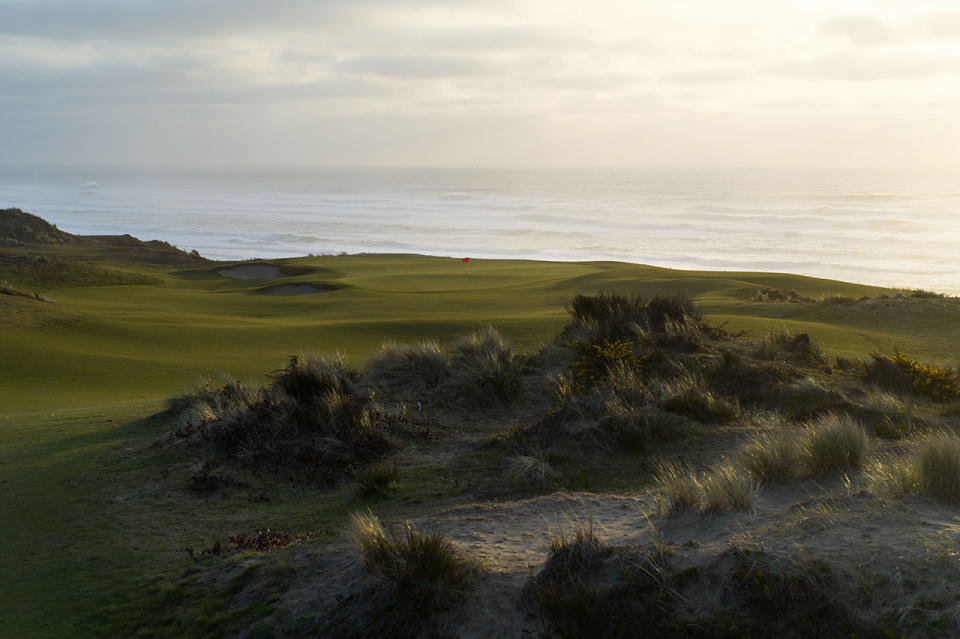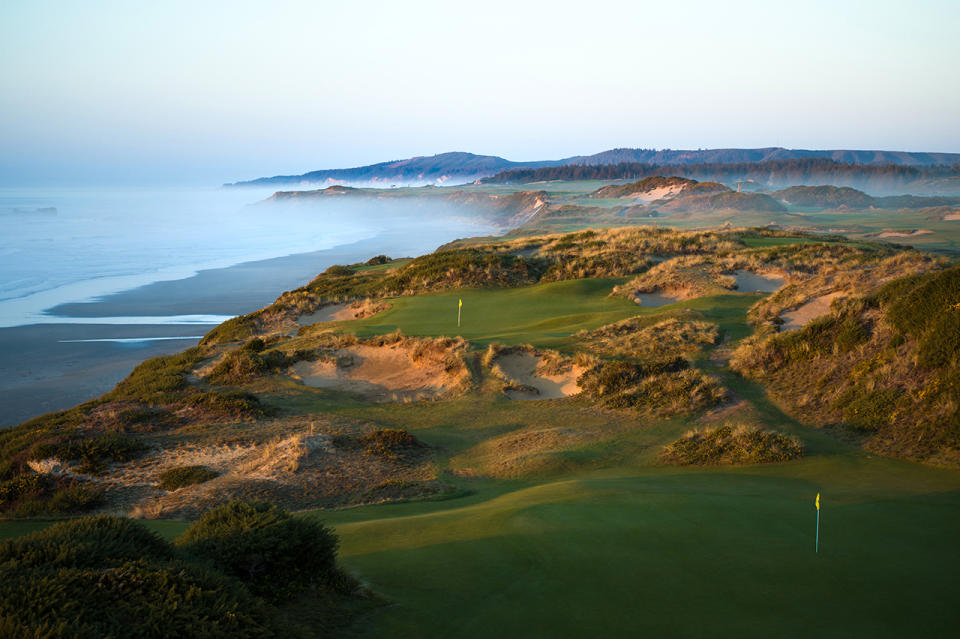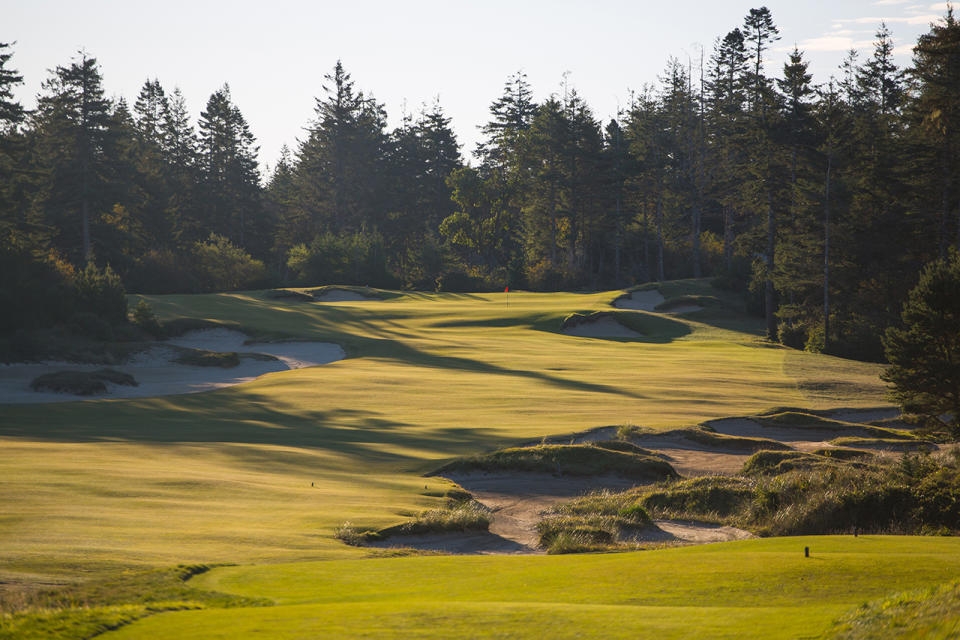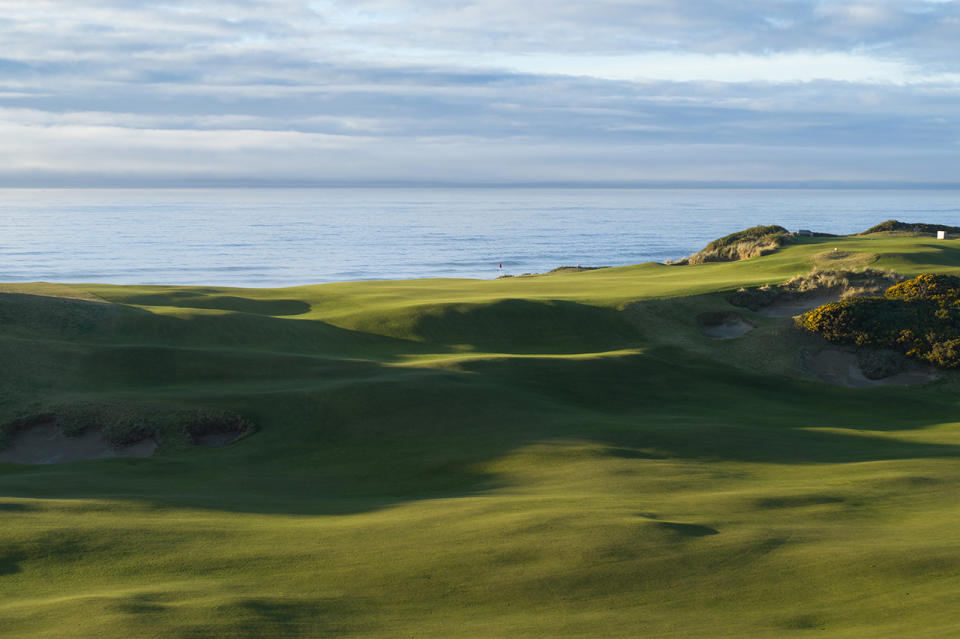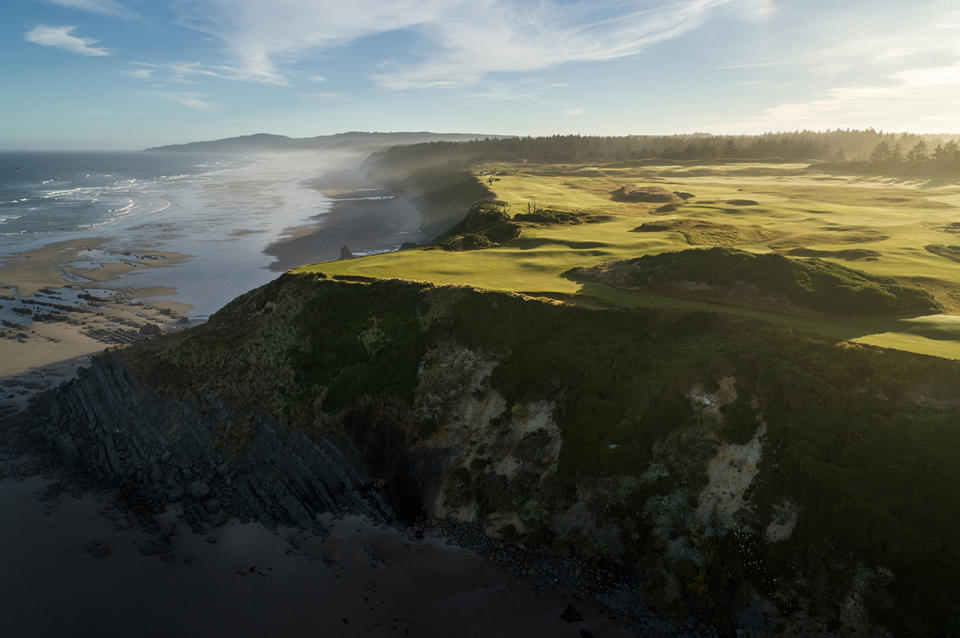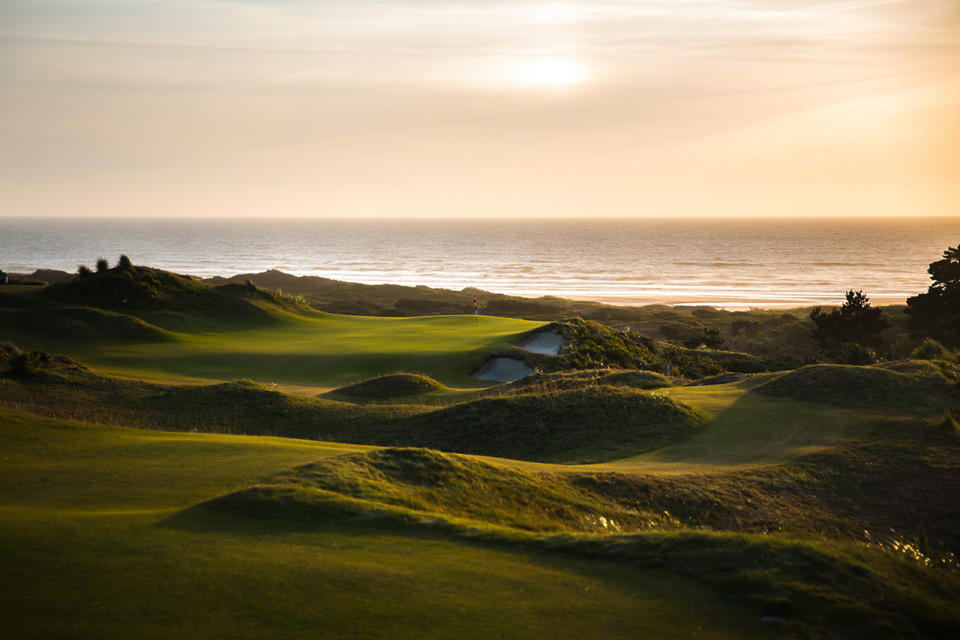Ball Badge - Golf Ball Stamp, Self-Inking Golf Ball Stamper, Golf Ball Marker, Reusable Golf Ball Marking Tool to Identify Golf Balls, Reusable Ink Stamp for Golf Balls (Bald Eagle Trucker Hat)
(as of July 27, 2024 04:49 GMT +00:00 - More infoProduct prices and availability are accurate as of the date/time indicated and are subject to change. Any price and availability information displayed on [relevant Amazon Site(s), as applicable] at the time of purchase will apply to the purchase of this product.)SGBETTER Adult DIY Baseball Caps Bulk White Blank Baseball Hat Adjustable Sport Ball Cap for Men Women Running Fishing Travel
$82.75 (as of July 27, 2024 04:49 GMT +00:00 - More infoProduct prices and availability are accurate as of the date/time indicated and are subject to change. Any price and availability information displayed on [relevant Amazon Site(s), as applicable] at the time of purchase will apply to the purchase of this product.)Sergio Tacchini Men's Dallas Track Jacket, Blue
$75.95 (as of July 27, 2024 04:49 GMT +00:00 - More infoProduct prices and availability are accurate as of the date/time indicated and are subject to change. Any price and availability information displayed on [relevant Amazon Site(s), as applicable] at the time of purchase will apply to the purchase of this product.)Golf Green Reader - Golf Ball Marker Level, High Precision Golf Green Reader | Small Double Sided Golf Ball Marker Spirit Level, Multifunctional Green Leveler Tool for Golfer Men Women
$14.59 (as of July 27, 2024 04:49 GMT +00:00 - More infoProduct prices and availability are accurate as of the date/time indicated and are subject to change. Any price and availability information displayed on [relevant Amazon Site(s), as applicable] at the time of purchase will apply to the purchase of this product.)Folouse Trump 2020 Hat Keep America Great 3D Cap Adjustable Baseball Hat
$7.06 (as of July 27, 2024 04:49 GMT +00:00 - More infoProduct prices and availability are accurate as of the date/time indicated and are subject to change. Any price and availability information displayed on [relevant Amazon Site(s), as applicable] at the time of purchase will apply to the purchase of this product.)(Editor’s note: Bandon Dunes Golf Resort is celebrating its 25th anniversary and Golfweek Travel Editor Jason Lusk put together a comprehensive package for the occasion, complete with Q&As of pivotal people in and around the operation. To see the entire package of stories, click here.)
BANDON, Ore. – Bandon Dunes Golf Resort, which celebrates its 25th anniversary this year, changed the games of golf and golf development in the United States and much of the world. It’s that simple.
Since the original eponymous layout opened in May of 1999, many other public-access developers have tried to mimic the success that Bandon Dunes founder Mike Keiser has realized with five 18-hole courses on the largely empty, frequently sandy southwest coast of Oregon.
Sandy sites have become key targets in far-flung locales, regardless of proximity to the ocean. A frequent focus has returned to classic golf architecture instead of home sales. At almost every large-scale development since the turn of the century, the voices behind the projects loudly proclaim the golf comes first.
“I’m as amazed as anyone,” said Keiser, who made his fortune in greeting cards before turning his attention to golf.
Bandon Dunes wasn’t the first resort to focus on some variation of location, or architecture, or customer satisfaction. Those were key drivers for many classic resorts, with Pinehurst in North Carolina or Pebble Beach in California serving as great examples as they have evolved over decades.
Bandon Dunes
Developer Mike Keiser (third from left) dealt with rain on opening day of Bandon Dunes in 1999, but the future was bright. (Courtesy of Bandon Dunes Golf Resort)
But Keiser showed what was possible for many 21st-century golf developers. Bandon Dunes was a far cry from the residential courses being built in the 1980s and ’90s in much of the U.S., where golf existed largely as a sales tool for homebuilders.
Other relatively new destinations that predated Bandon Dunes also featured aspirational golf and have proved extremely successful, often with one main course by a top designer and several other solid layouts to make a trip of it. But they are different than Bandon Dunes, where each of the five 18-hole courses has climbed high into the rankings of top modern layouts.
Bandon’s hyper concentration on the golf also was unique. Most top-tier modern American golf resorts offer a level of luxury with high-end spas, off-course activities and plenty of amenities to attract non-golfers. This was not the approach along the Oregon Coast.
Bandon Dunes was built to be relatively spartan. The original guest rooms and cabins were comfortable but not palatial. Keiser has said he wanted good food but not necessarily gourmet menus – that has evolved with the recent addition of the over-the-top Ghost Tree Grill, but for most of the resort’s 25 years the favored gathering spots have been a firepit and McKee’s Pub. The plan was golf, golf, perhaps even more golf, go find somewhere to scarf down a bundle of calories and maybe a cocktail, then crash into bed before more golf.
That kind of extreme focus proved to be a phenomenon, with course after course at Bandon Dunes shooting into the golfing public’s consciousness despite the travel difficulties in reaching the resort. The sheer volume of great golf holes on one property is staggering.
And none of it started with grandiose business plans or a branding agency. It started as a simple proof of concept.
Bandon Dunes
Bandon Dunes, the original and eponymous course at Bandon Dunes Golf Resort in Oregon (Gabe Gudgel/Golfweek)
Keiser loved true links golf in the British Isles, making return trips to such layouts as Royal Dornoch in Scotland or Ballybunion in Ireland. He soaked up classic architecture in the U.S., eventually joining the ultra-exclusive and top-ranked Pine Valley Golf Club in New Jersey.
The Chicago-based businessman wanted to prove that classic architecture wasn’t dead and that Americans would embrace links golf – true links golf, with rugged and bouncy conditions on exposed oceanside courses that favor a ground game. It was a serious contrast to what was often marketed then in the U.S. as links golf, with artificially green grass, soft conditions and an emphasis on the aerial drop-and-stop game.
Before Bandon, Keiser had limited experience as a golf developer. He had built The Dunes Club in Michigan, not far from the shores of Lake Michigan on a piece of land near a home he owned. It was nine holes, private and modeled after Pine Valley on a massive sand dune. It was a success, but it didn’t entirely scratch the itch.
Keiser wanted to build a public-access course on true linksland, which is generally defined in the British Isles as the sandy, scrubby land between the ocean and other parcels that were more productive for farming. Dunes are a key ingredient, as is exposure to weather. Keiser scoured the country looking for potential sites, finding none available on the east coast or in California. He was directed to Oregon by a friend, and Keiser went so far as to buy two inland properties that turned out to not be suitable for linksy golf.
Eventually he was introduced to a large parcel north of the town of Bandon, a windy and weathered tract largely covered in invasive gorse – the flowering plant is native to Scotland and is familiar to well-traveled golfers.
Sitting on a bench high on a hill overlooking the property’s dunes and coastline, Keiser decided this was the spot. As he has mentioned numerous times, it might not have been the best land for golf on the coast, but it was more than good enough and it was for sale. Availability and a dream perfectly coincided, so Keiser started writing checks.
He didn’t know if Bandon Dunes would be a hit, or even financially sustainable. Keiser merely hoped to break even on the project. He has pointed out several times that if his concept didn’t work on the Oregon shore, he could at least farm sheep on the land.
Bandon Dunes
A caddie walks at Bandon Dunes Golf Resort in Oregon, where carts aren’t allowed for most players. (Gabe Gudgel/Golfweek)
It took several years to get Bandon Dunes off the ground. The first course, designed by unknown Scotsman David McLay Kidd, opened in May of 1999, soon expanding from a curiosity on the coast to a must-play for serious golfers. A second course, Pacific Dunes, opened in 2001, to be followed by Bandon Trails, Old Macdonald and the Sheep Ranch.
The five courses have introduced many American golfers to a minimalist design ethos. Instead of heavy earthmoving, as was so prominent from the 1960s though the early 2000s, each architect at Bandon Dunes laid their courses more gently on the ground. They incorporated interesting natural features instead of trying to create often overwhelming elements with a bulldozer. The focus was on fun instead of manufactured difficulty.
This wasn’t anything new – classic courses were built with minimalist qualities because heavy equipment wasn’t available during their construction a century or more ago. Bandon Dunes was more of a revival than an entirely new idea, and it proved extremely popular among a golfing public that typically doesn’t have access to American private clubs and their top-ranked classic courses.
Bandon Dunes
Bandon Dunes, the original and eponymous course at Bandon Dunes Golf Resort in Oregon (Courtesy of Bandon Dunes Golf Resort)
At Bandon Dunes it was golf first, then everything else, and that included development of the resort. Amenities have expanded to match increased demand. It’s now possible to enjoy a world-class steak or a sports-specific massage at Bandon Dunes, but Keiser knew that nobody was going to fly cross-country then drive three hours from Eugene to reach the resort for a plate of beef or a stretch. The golf courses and their architects were in the driver’s seat, given the best land along the water’s edge, with the clubhouses and amenities tucked inland.
Keiser’s concept has been proved. Each of the five 18-hole courses resides inside the top 20 in Golfweek’s Best ranking of modern U.S. courses. Prime tee times sell out well in advance. Golfers from around the world travel to experience firm and bouncy golf on the cliffs above the Pacific Ocean. The resort has continued to expand.
Plenty of other developers have attempted to follow the Bandon model, some with more success than others in the public-access realm. Just in Oregon, Silvies Valley Ranch on the eastern side of the state has built a fun reversible course as a stated effort to follow Bandon Dunes in proving that tourism is possible in such a hard-to-reach area. Across the U.S., developers have built courses on sandy sites: Streamsong in Florida, Gamble Sands in Washington, Sand Valley in Wisconsin (built by Keiser’s sons, Chris and Michael). Cabot built two courses in Nova Scotia with investment by Keiser, who also helped get Barnbougle off the ground in far-off Tasmania in Australia. All the way to New Zealand, developers have followed the Bandon model of golf first. Plenty of examples are available coast to coast and around the world, and many of them will openly reference Keiser as an inspiration.
Bandon Dunes also is part of a collective called Dream Golf, a partnership with Sand Valley and the in-development Rodeo Dunes in Colorado, where multiple courses are planned. The resort’s story is far from finished.
Millions of words have been written about Bandon Dunes over the past 25 years. There’s no need to rewrite them here in celebration of the resort’s anniversary – if you want to know more, a great place to start would be Keiser’s most recent book, “The Nature of the Game: Links Golf at Bandon Dunes and Far Beyond.”
And instead of this author opting to try to put all things Bandon Dunes into even more words, we’ll let you hear directly from the people who have lived it. Linked to this story are many observations and recollections from 10 people with vast Bandon experience, all based on fresh interviews (each has been edited for length and clarity). From Keiser to Kidd, from greeter to golf pro, we hope you enjoy their thoughts as Bandon Dunes’ 25th anniversary approaches.
Courses at Bandon Dunes Golf Resort
Bandon Dunes
Bandon Dunes, the original and eponymous course at Bandon Dunes Golf Resort in Oregon (Courtesy of Bandon Dunes Golf Resort)
Bandon Dunes
Opened: 1999
Designer: David McLay Kidd
Golfweek’s Best ranking: No. 10 modern course and No. 7 resort course in the U.S.
Bandon Dunes
Pacific Dunes at Bandon Dunes Golf Resort in Oregon (Courtesy of Bandon Dunes Golf Resort)
Pacific Dunes
Opened: 2001
Designer: Tom Doak
Golfweek’s Best ranking: No. 2 modern course and No. 2 resort course in the U.S.
Bandon Dunes
Bandon Trails at Bandon Dunes Golf Resort in Oregon (Courtesy of Bandon Dunes Golf Resort)
Bandon Trails
Opened: 2005
Designers: Bill Coore and Ben Crenshaw
Golfweek’s Best ranking: Tied for No. 11 modern course and No. 6 resort course in the U.S.
Bandon Dunes
Old Macdonald at Bandon Dunes Golf Resort in Oregon (Courtesy of Bandon Dunes Golf Resort)
Old Macdonald
Opened: 2010
Designers: Tom Doak and Jim Urbina
Golfweek’s Best ranking: No. 7 modern course and tied for No. 4 resort course in the U.S.
Bandon Dunes
The Sheep Ranch at Bandon Dunes Golf Resort in Oregon (Courtesy of Bandon Dunes Golf Resort)
Sheep Ranch
Opened: 2020
Designers: Bill Coore and Ben Crenshaw
Golfweek’s Best ranking: Tied for No. 19 modern course and tied for No. 11 resort course in the U.S.
Other amenities at Bandon Dunes
Bandon Dunes
Bandon Preserve at Bandon Dunes Golf Resort in Oregon (Courtesy of Bandon Dunes)
Bandon Preserve: This 13-hole par-3 course was designed by Coore and Crenshaw and opened in 2012. The Preserve kicked off a trend of premium par-3 courses at resorts around the world.
Shorty’s: The newest par-3 course at the resort, this 19-hole layout was designed by Rod Whitman, Dave Axland and Keith Cutten. It opens in May.
Charlotte’s: Formerly known as Shorty’s, this nine-hole par-3 layout is part of the practice facility. It has been renamed for the wife of Shorty Dow, the former caretaker of the property.
Punchbowl: An homage to the Himalayas Putting Course at St. Andrews, this 100,000-square-foot putting course near the Pacific Dunes clubhouse was opened in 2014 with a design by Tom Doak and Jim Urbina.
Story originally appeared on GolfWeek







